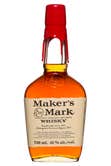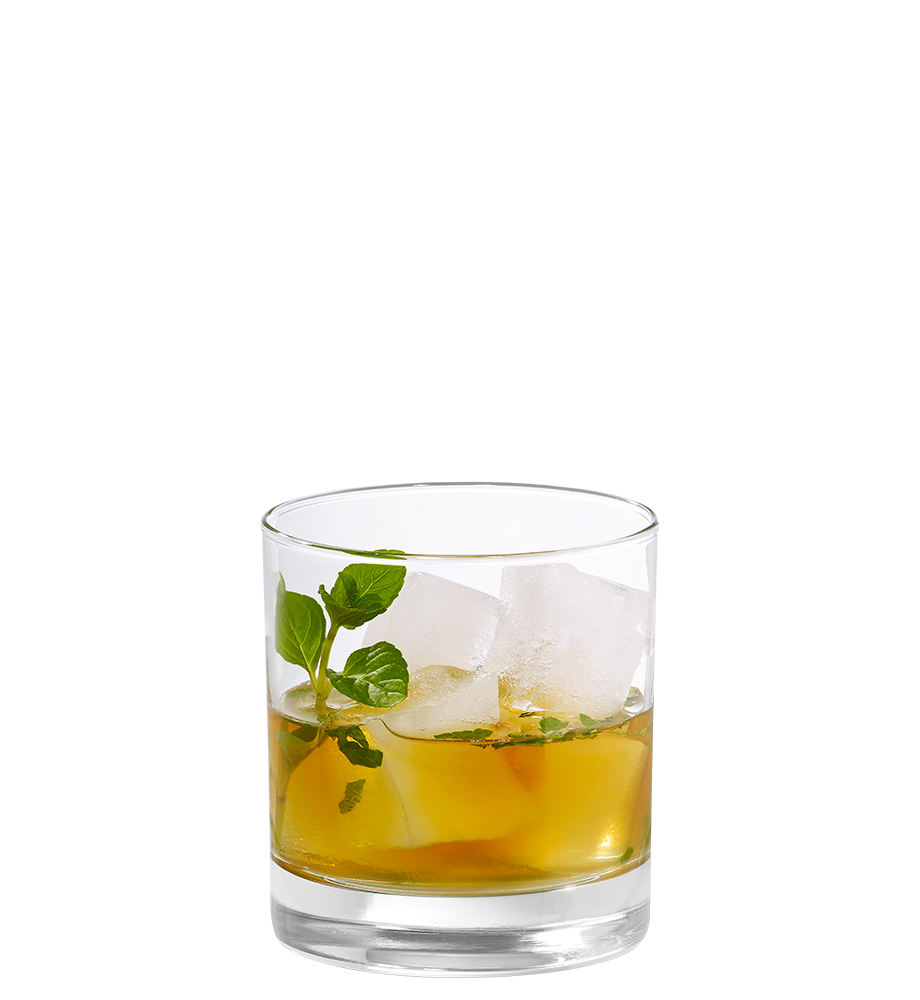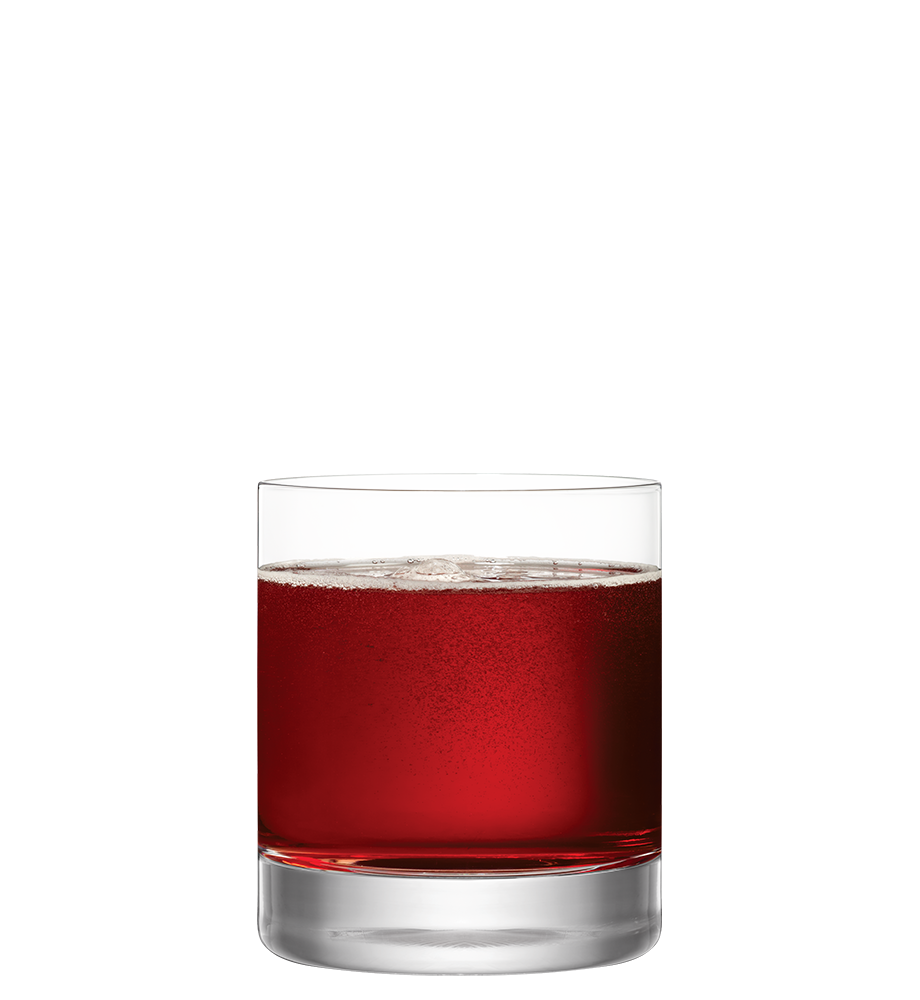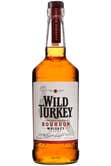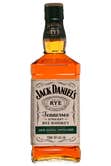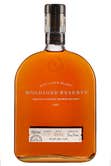The history of American whiskey follows the evolution of the American nation. George Washington, the first President of the U.S., was a distiller and his recipe is still being used to produce whiskey at the original site in Virginia.In 1799, George Washington's distillery produced nearly 11,000 gallons, making it one of the largest whiskey distilleries in America.
E pluribus unum
Each representative of the American society has contributed a component that has forged the identity of its whiskey. The indigenous peoples passed on the cultivation of corn, a central element in the production of American whiskey. This cereal finds fertile ground on American soil that brings a unique character to whiskey. The successive waves of immigration will then participate in their own way in the creation of the whiskey we know today. The first settlers of English origin were mainly interested in reproducing the beers they used to drink in the old country. They experimented with brewing techniques using the grains they had on hand: local corn and barley from Great Britain. When Irish and Scottish immigrants arrived on American soil, they brought ancestral know-how of distillation. Settlers from Germany and Eastern Europe helped introduce rye to the country, which would also become a key ingredient in American whiskey. Hence, it is thanks to the diversity of the nation that this iconic product was born.
Modest beginnings
From the beginning of the colony, rye and wheat acclimated well to the fields of the East Coast. The harvests were so good that they generated surpluses, but the conditions of the period did not permit long-term preservation of the grains. Therefore, the surplus grain had to be processed in order not to be lost. By distilling these surpluses, the farmers could make the grain profitable and create a refreshing drink that could help the family and the farm workers cope with the hard work on the land! This is how the first grain-based spirits from American soil appeared. The original whiskeys were not aged and marked by vanilla notes as we know it today; it is instead a spirit that allowed the farmers to stimulate the senses and face a frigid lifestyle. These distilled beverages were refined as farmers learned to select the best grains for whiskey and to master all the stages of distillation.
Once upon a time in the West
The success of rye and wheat on the East Coast led farmers to cultivate new lands. During the conquest of the West, the agricultural potential of the vast plains of the Midwest was developed by planting more and more grains. Whiskey also continued its irresistible progress: more land yielded more grain and, therefore, more whiskey to satisfy the growing number of farm workers!

Cooperages, in the shadow of distilleries
One of the determining factors in the evolution of American whiskey is the aging of the spirits. It was quickly realized that the local oak (Quercus Alba) was ideal for manufacturing barrels. The American white oak is indeed very malleable. Still, its first quality is the aromatic notes it gives the whiskey during the aging process: roasted notes, perfumed vanilla, creamy caramel, sweet spices, or even coconut. The use of new wood provides the whiskey with deeper woody aromas that emphasize these characteristics. The toasting of the wood, usually charred oak, further amplifies this unique profile that gives American whiskey a large part of its personality.
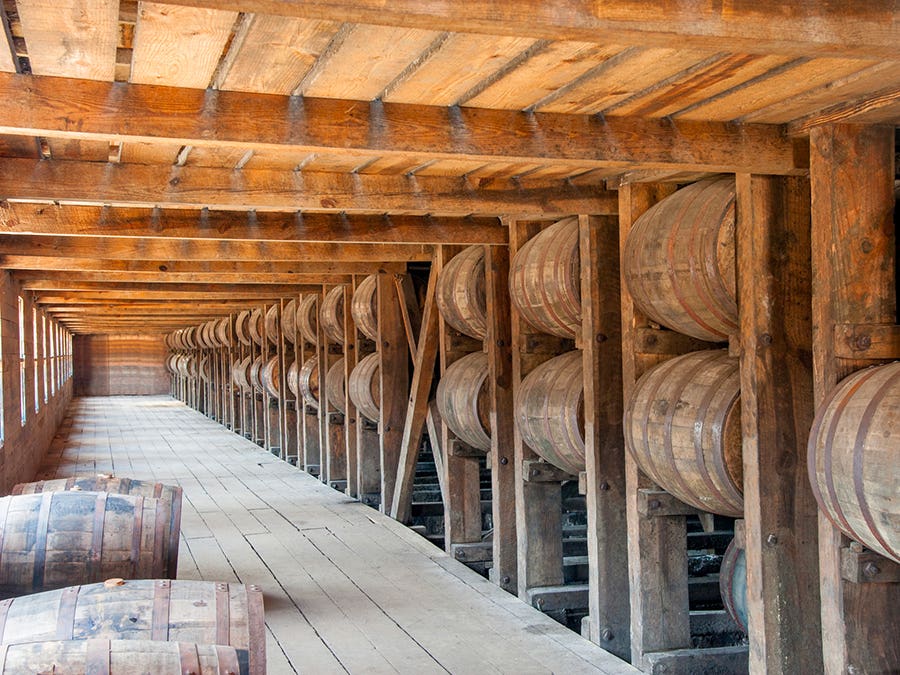
Prohibition
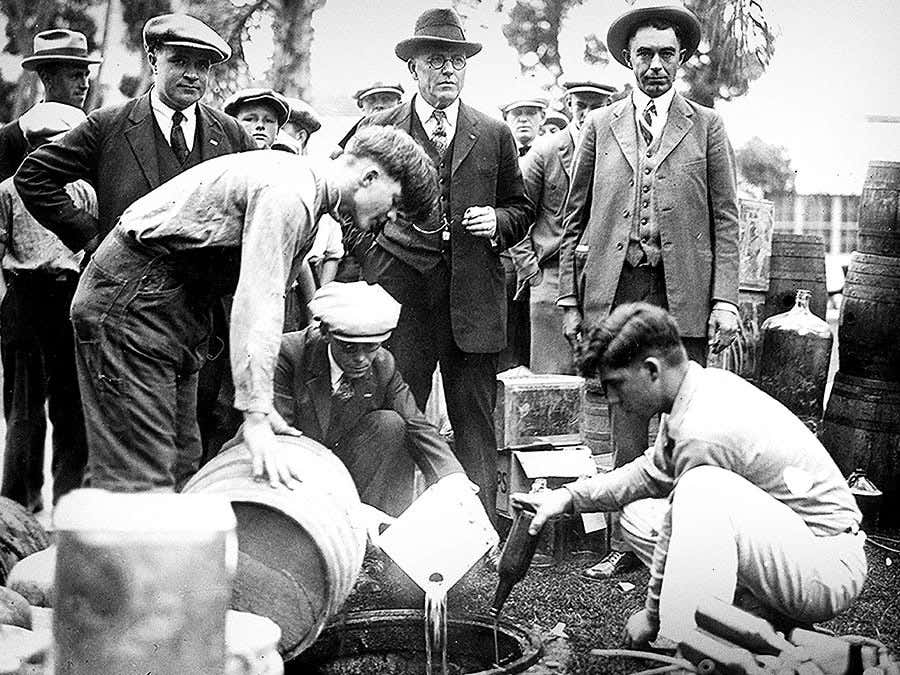
The beginning of the 20th century marked the rise of temperance movements worldwide. Leaders were concerned about the health concerns of the working classes, as they were the essential workforce that powered the industrial revolution. Temperance groups succeeded in getting a law passed banning the production and consumption of alcohol throughout the United States. This was the beginning of the prohibition era. This law was in effect from 1919 to 1933. However, after over a dozen years, it became clear that public health problems were not resolved despite the drastic decrease in alcohol consumption. The history of American whiskey could resume its course.
A wide variety to serve in numerous cocktails
From this rich history have come several styles of whiskeys, each with unique qualities whether served neat or in cocktails, but always in moderation!
Bourbon, the king of whiskeys
Bourbon owes its name to a Kentucky county, which was named as a sign of gratitude to the French royal house. Although it can be produced anywhere in the United States, the heart of the production is still in that state. It was designated as a distinctive product of the United States by the U.S. Congress in 1964, which set the production rules and ensured protection against misuse of the term. Canada also recognizes Bourbon as a distinctive product of the United States, ensuring that products sold as Bourbon in Quebec are produced in the United States in accordance with U.S. laws.
It must be distilled from at least 51% corn, supplemented by malted barley, rye, or wheat. Bourbon with a high proportion of wheat is sometimes referred to as "wheated bourbon," which is generally softer and silkier. Bourbon must be aged in charred new oak barrels.
For cocktail hour, fireside parties, or watching the Kentucky Derby, it's always handy to have a bourbon on hand! Try this one plain or in Mint julep.
Smooth as Tennessee whiskey
Only produced in the state of Tennessee, this whiskey is characterized by filtration of the brandy spirit through charcoal called the "Lincoln County Process." This step removes the roughness of the liquid and makes it silkier on the palate. Like Bourbon, the mash must be composed of at least 51% corn. It must also be aged in new charred oak barrels. There is nothing like these two references to emphasize the silky side of Tennessee whiskey.
As with Bourbon, Tennessee Whiskey is recognized by Canada as a distinctive product of the United States. This recognition guarantees that products sold as Tennessee Whiskey in Quebec are produced in the United States in accordance with American laws.
To bring out the smoothness of Tennessee whiskey, there is nothing like these two references. The vanilla and caramel flavors are typical of this style of whiskey. They show their polyvalence when served on ice or in cocktails.
Rye whiskey, back to the origins
The first American whiskeys were probably elaborated from rye, what we would call today a rye whiskey. Indeed, the first serious distilleries appeared in Virginia, Maryland, and Pennsylvania, territories where rye flourished. George Washington, the father of the American nation, was himself a rye whiskey distiller. Historians going through his archives have found the original recipe for his whiskey from the late 18th century. Today, whiskey is produced as closely as possible to that recipe on his historic property in Mount Vernon, Virginia.
Rye is known for its spicy, sometimes peppery character and long finish. Production rules require a minimum of 51% rye in the blend. In addition, the aging must be done in new American wood barrels.
To appreciate the typical spicy character of rye, discover this rye whiskey served plain on ice, or old-fashioned.
Other references to explore the diversity of American whiskey
In partnership with Cheers! Spirtis from the USA and the Distilled Spirits Council of the United States.
-
Inspiration
(746)
- Profiles (184)
- Interviews (77)
- Share (296)
- Trends (60)
- Tasting and service (47)
- Production methods (21)
- Conservation (5)
- Wine cultivation (27)
- Pairings and Taste Tags (26)
-
The SAQ is here
(87)
- SAQ Inspire Event (34)
- Donations and sponsorships (52)
- SAQ Inspire Contests (0)
-
About us
(48)
- Press releases (41)
- Career (4)
- Clarifications (3)
- Sustainable development (21)





 Free in-store delivery with purchases of $75+ in an estimated 3 to 5 business days.
Free in-store delivery with purchases of $75+ in an estimated 3 to 5 business days.


